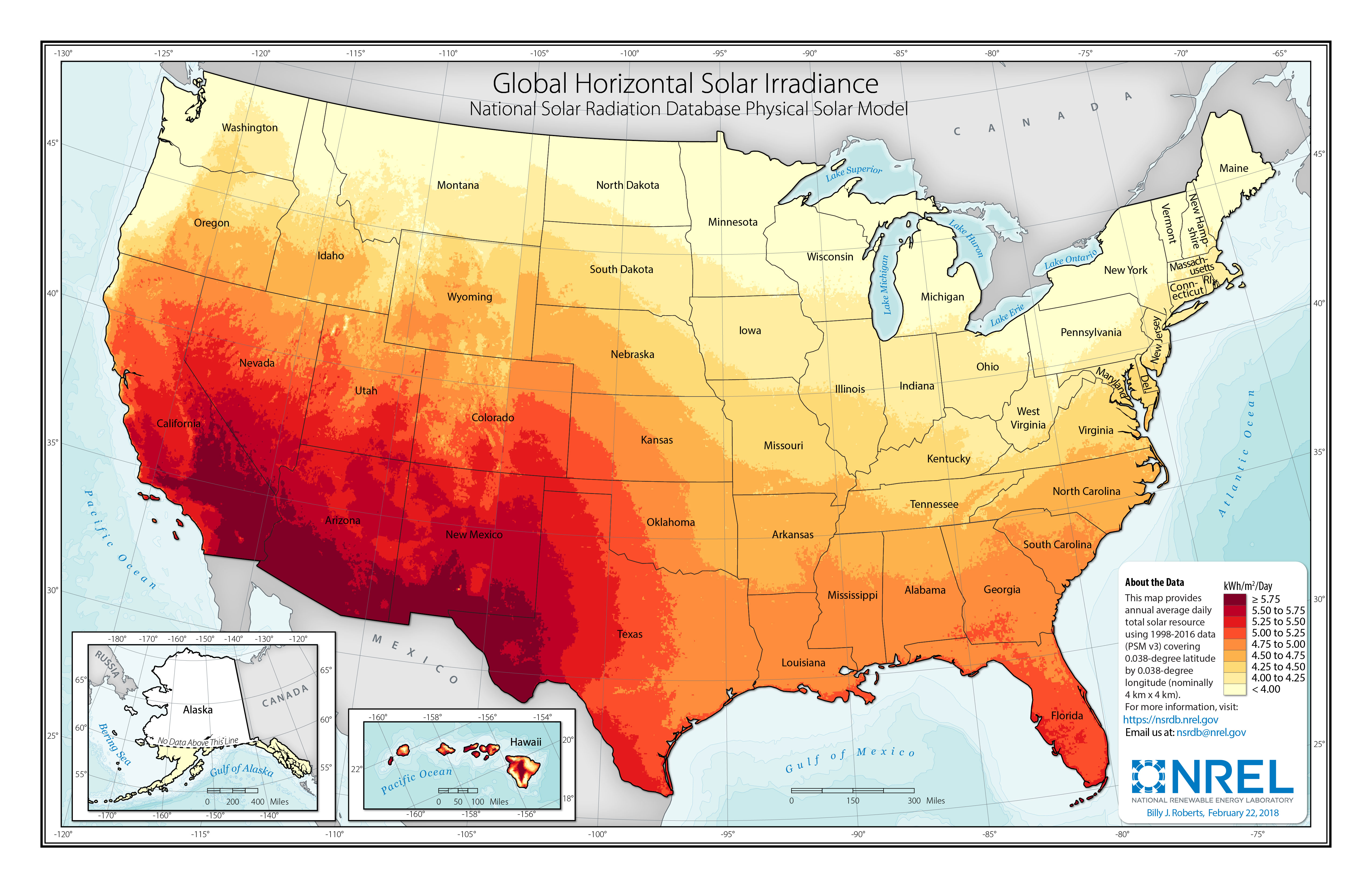RayK
Active Member
There are solar panels available which have a built-in microinverter (converts the panel's DC power into 240VAC). If enough panels are strung together, they might provide enough power (current) for the mobile connector (UMC) to charge the car, albeit at a very slow rate. 3 of the SunPower panels I've referenced below should generate about 4A in optimal conditions.
As to the refrigerator/freezer, I'm assuming that you're not talking about a regular kitchen unit but instead something like a portable / mini-fridge running off of 12VDC. The only problem I see with that is how you intend on connecting it to the car. If you use the cigarette lighter, there may not be enough power available through that outlet. An alternative would be to clamp directly onto the 12V battery but I'm not sure if the car will allow that; or more precisely, the car's power management system.
ref: https://us.sunpower.com/sites/default/files/spr-a-series-425-415-400-g-ac-datasheet-532618-revb.pdf
As to the refrigerator/freezer, I'm assuming that you're not talking about a regular kitchen unit but instead something like a portable / mini-fridge running off of 12VDC. The only problem I see with that is how you intend on connecting it to the car. If you use the cigarette lighter, there may not be enough power available through that outlet. An alternative would be to clamp directly onto the 12V battery but I'm not sure if the car will allow that; or more precisely, the car's power management system.
ref: https://us.sunpower.com/sites/default/files/spr-a-series-425-415-400-g-ac-datasheet-532618-revb.pdf







